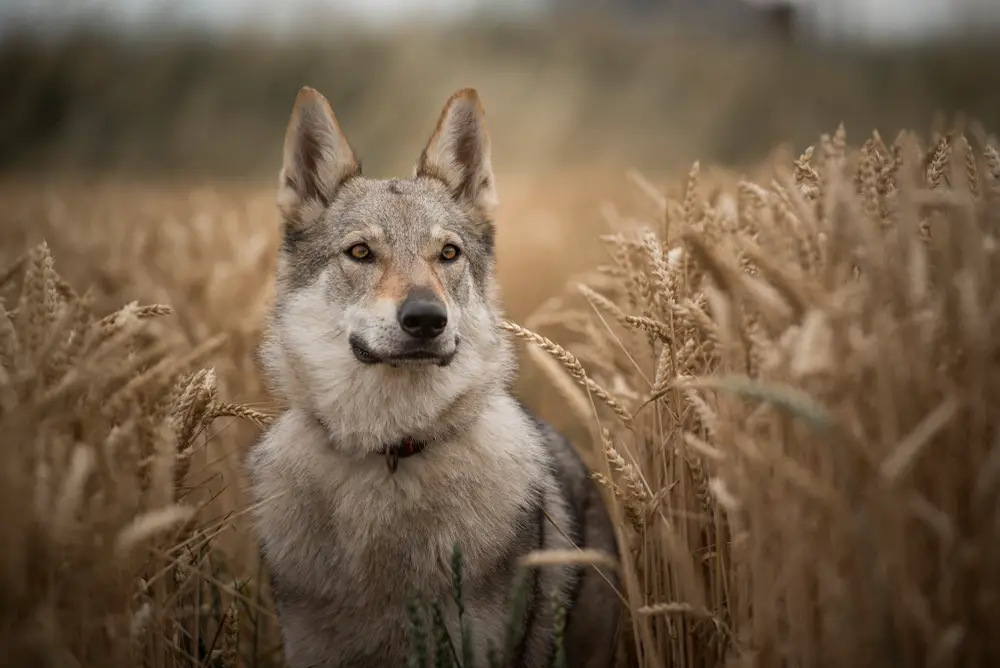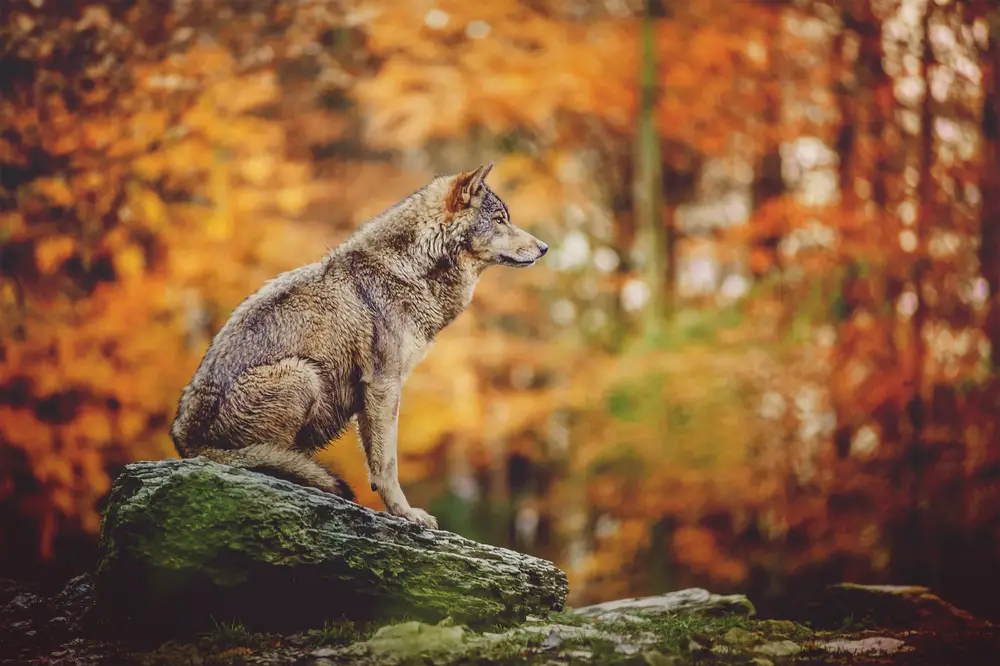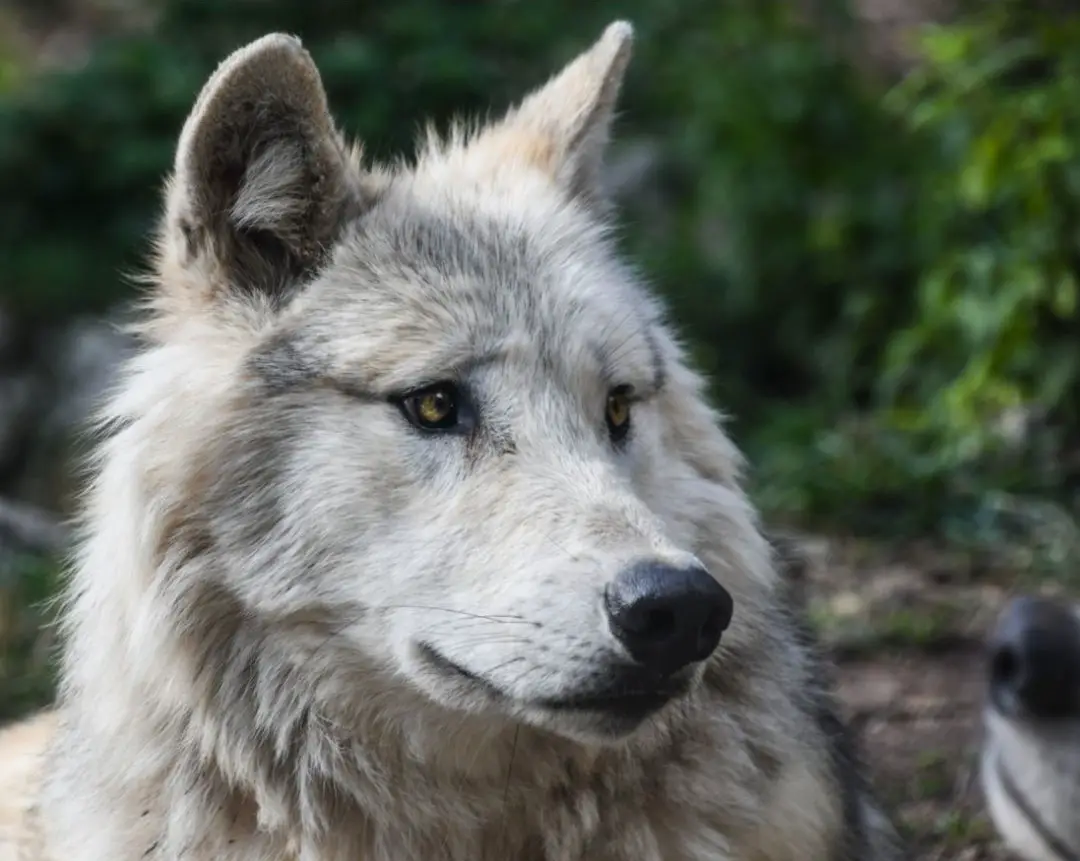Wolves are incredibly interesting creatures. Wolves have long enchanted humans, and have appeared in documentaries, films, popular culture, and so much art and literature that we have lost count. So what is the fascination with wolves?
Well, they are majestic creatures, and are actually highly intelligent. Maybe that’s why dogs today are so able to learn and train!
Wolves are some of the smartest animals known to man, able to work as a team, communicate with the pack and establish social relationships and structures within the pack.
The pack mentality is something that no other animals have, as wolves hunt, sleep, wander and raise their young together.
It’s the only way they know how to survive, and as a result, the common gray wolf or Canis lupus first appeared around 750,000 years ago, and is still roaming the earth today.
We’ve all heard that our pet dogs are descended from wolves, and that dogs have long since been domesticated creatures.
So, what is the difference between a dog and a wolf? Are there any similarities between them anymore? That’s what this guide is here to find out!

Are dogs descended from wolves?
The dog, or the Canis familiaris is a direct descendant of the gray wolf, and therefore are evolved and descended domesticated wolves. Scientists insist that all modern dogs are descendants of ancient wolves, and come from two common ancestors.
However, not only have dogs’ behavior changed, domesticated dogs are different in appearance, and have been interbred with each other to create various dog breeds with desirable characteristics and traits.
Modern dogs also have much shorter muzzles and smaller teeth than wolves, as they have evolved to no longer need them.
As they are domesticated and rely upon humans, dogs also have lost a lot of their natural wolf-like characteristics and instincts.

What’s the difference between wolves and dogs
Nowadays, dogs and wolves are more different than they are closely related. Dogs are completely domesticated, which means that they rely and depend upon humans entirely for sustenance, socialization, food and water.
Dogs are therefore less mentally mature and intelligent than wolves, as wolves have to rely upon their wit, cunningness, and predatory nature in order to survive.
Therefore, wolves have more traits to help them hunt, such as yellow eyes to see at night, sharper and larger teeth to kill prey, and long legs with slight builds to chase, run and wander in the wild.
Dogs have been bred to be loved by humans, and retain a lot of their puppy like characteristics, such as the floppy ears, big, round, brown eyes, and shorter noses.
Dogs therefore also form strong bonds with humans, and rely upon their relationship with an owner or family member.
Wolves on the other hand rely upon their pack, and form very strong family units, where they live, sleep, hunt and travel together. As a result, wolves are not interested in humans, and do not want to interact with them.
Obviously, wolves are predators, and dogs are not. Therefore, wolves are naturally more aggressive, defensive, and able to hunt and forage for food.
Dogs are fully domesticated, which means that they would most likely not survive if left in the wild.

How did dogs become domesticated?
Despite there being a vast number or genetic studies of both ancient dog remains and common, modern dog remains, there is no general consensus or hard evidence regarding when and where the domestication of dogs took place.
Some research suggests that dogs were first domesticated from gray wolves in Eurasia, and that this first happened in Siberia.
Many anthropologists believe that humans were the active engineers of domesticating dogs, using them for tasks and breeding them to be domestic creatures.
Other historians insist that dogs themselves were the ones to seek out humans, using them for shelter and food from the harsh changing conditions in the outside world.
No matter which way it happened, there would have to have been an aspect of socialization first. This means that either humans would seek out wolves, building a relationship, attempting to play with them and form a companionship, or the other way around.
There have been a number of instances where wild wolves and dogs have attempted to socialize with humans, and yet there are still dogs today that exhibit aggressive and defensive behaviors towards humans, so how dogs became domesticated is relatively unknown.
There are theories that dog domestication happened close to the Last Glacial Maximum, or the last ice age, while hunter-gatherers preyed on megafauna.
It is thought that large dogs and wolves would have taken advantage of the carcasses left by hunters, or even assisted in the capture of prey.
It is also theorized that wolves would have been attracted to the campfires that humans created, and would have been enticed by the smell of cooking meat and bones or flesh leftover.
They could have then begun following humans around or become attached to them. These wolves may have been of lower status, ousted or ostracized members of a pack, unable to survive on their own, and needing the protection and cooperation of humans.

Can wolves and dogs be bred?
Yes, wolves and dogs can be bred as they are part of the same species, and genetically similar. Both wolves and dogs are interfertile, which means that they can breed and create viable offspring with similar canines such as coyotes.
Scientists have long known that the wolf is the great ancestor of the dog, and so they can create young with dogs and breed.
The offspring of dogs and wolves are naturally called wolf-dogs. However, these are not domesticated creatures. The wolf dog can exhibit many behavioral traits of the wolf, and can be very challenging to care for. They can also end up being aggressive, and the behavior is inconsistent and unpredictable.
As domesticated dogs and wolves are now so different from each other in behavior, characteristics and appearance, the hybrid wolf dog can mature at different rates, and can be very territorial.
Owning a wolf dog is a very contested issue in America today, as wolf dogs require a lot of socialization, behavioral, mental and physical needs. They are often more like wolves, and less like dogs, making them very difficult pets.
This just goes to show how far dogs have come since being domesticated, and how different they now are from their wolf ancestors!

